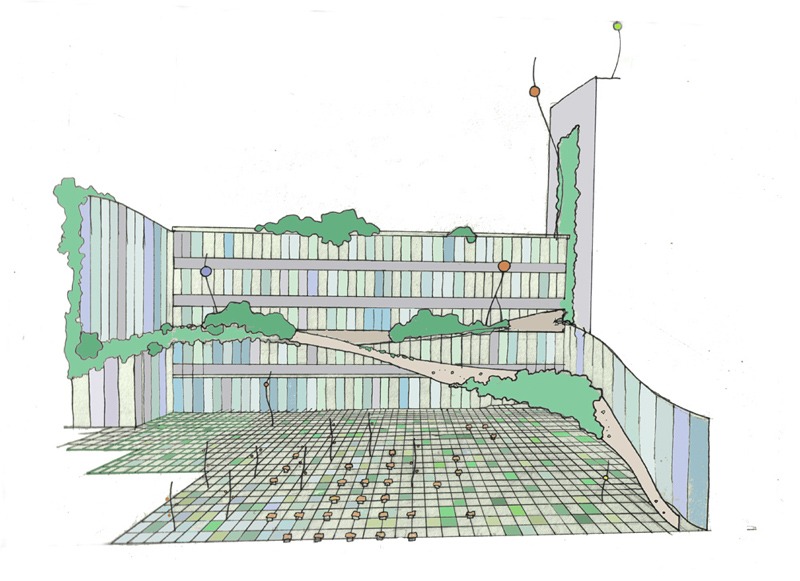The UK Landscape Institute should consider itself in the position of Robert the Bruce in a cave on Rathlin Island in the winter of 1305 watching a spider trying to make connections from one area of the cave’s roof to another. The LI has achieved good things but has suffered defeats. It should seize the breathing space offered by the recession to think again and plan for the future. ‘If at first you don’t succeed, try try again.’ Are the problems interconnected? Does the Constitution need to be revised?
The LI has lost too much money. It is out of touch with its membership. Its public profile is too low. Its recruitment is far too low. Major opportunities in garden design and landscape planning have been missed. It has too little influence on government policy. There is no PPG Note on landscape matters. UK landscape architects have not achieved the international renown enjoyed by other categories of British designer (eg architects). The LI Journal is a monthly disappointment. The organization is timid and tepid: not hot and yet uncool.
A symptom of the malaise is the complete redesign of the logo, journal and website every few years. Landscape design should be a classic brand – with new leadership and more responsive organization. The forthcoming Council elections are a time for change.
Monthly Archives: April 2009
moon garden – detail

tired moons ask higher tides
 i dont know how we all still feel about moon gardens but here is my latest drawing of the Waterloo site. i think it includes a lot of the ideas we were discussing, but admittedly, leaves some out. in the end, i decided to do what felt right for the space itself. you all might not agree of course.
i dont know how we all still feel about moon gardens but here is my latest drawing of the Waterloo site. i think it includes a lot of the ideas we were discussing, but admittedly, leaves some out. in the end, i decided to do what felt right for the space itself. you all might not agree of course.
what it does have is a green ramp leading up to the terraces and roof gardens and some green walls too. at ground level i’ve left it open plan, with the use/function adaptable/open to interpretation. here i’ve been influenced by West8s designs (theres a short piece on them here)
i’m suggesting metal grills for the ground surface as these will reflect available light upwards and lighten the space, perhaps with room for plants to grow inbetween them in an ecological fashion? this could be interesting as different/more plant species would grow in different parts of the ‘garden’ according to the available light and microclimate. parts (or perhaps all) of the metal surface could be also galvanised to show the reflection of the moon at night, tracing its path across the sky.
the other elements are minimal. plenty of seating, which i think is key to the success of any urban open space, and some vertical elements which could include lighting and add a feeling of transition
i still think the site could be improved a lot with the demolion and repositioning of key buildings ( and god its such miserable architecture, who would miss it?). but perhaps these steps would bring back life to a dead zone?
World Garden Finder Facts
In March 2009 the Gardenvisit.com World Garden Finder:
- was ten years old
- contained 2,486 gardens in 61 countries
- had aerial photographs and maps showing the location of every garden
- included 3,500 images
- included a variety of User Generated Comment: images, reviews, ratings and Head Gardener’s Comment
But we want to make it better! Please help us – with reviews, ratings, photographs and descriptions.
The original idea for the garden finder was to provide links to gardens from my online book English garden design: history, philosophy and styles since 1650. [This book also appeared in print, in 1986 and is due to be revised and re-published]. Since 1998 we have published over 25 online books and there is an interesting job to be done in linking them to and from the garden finder descriptions.
